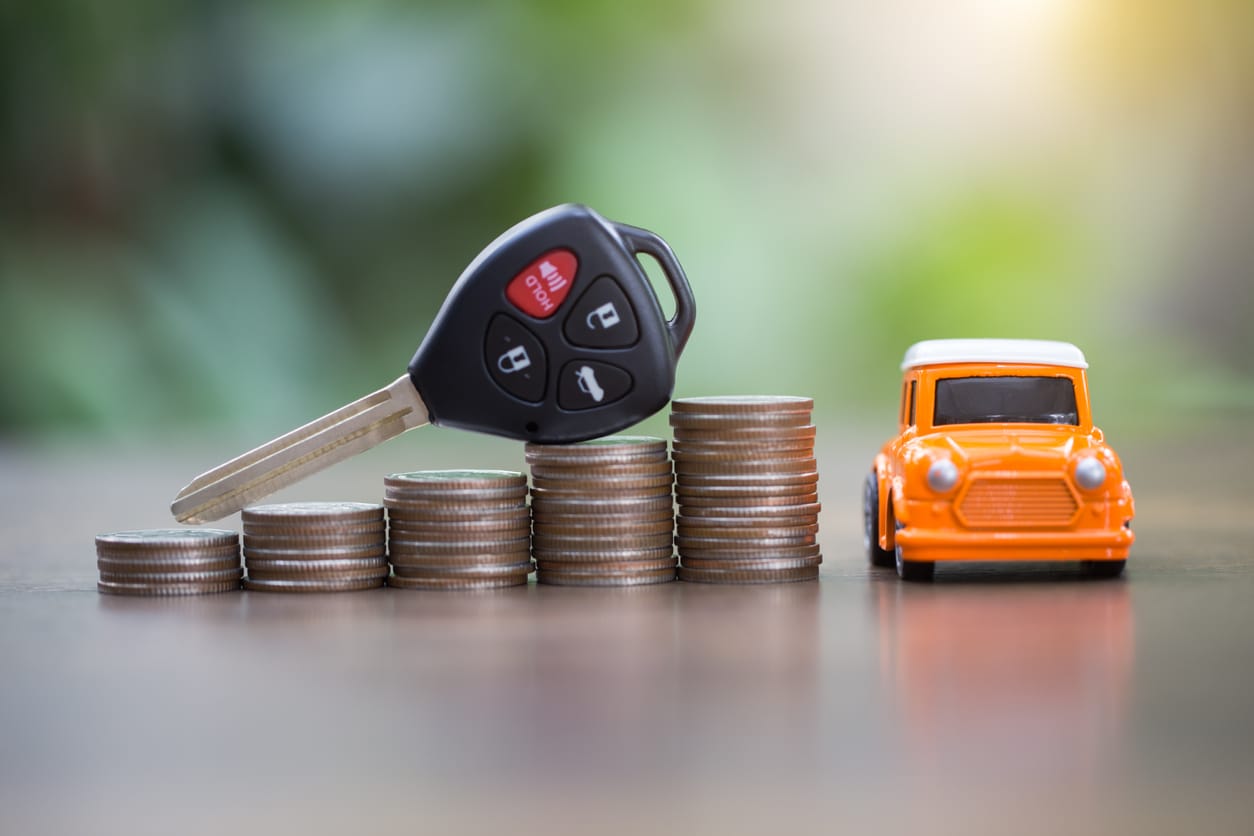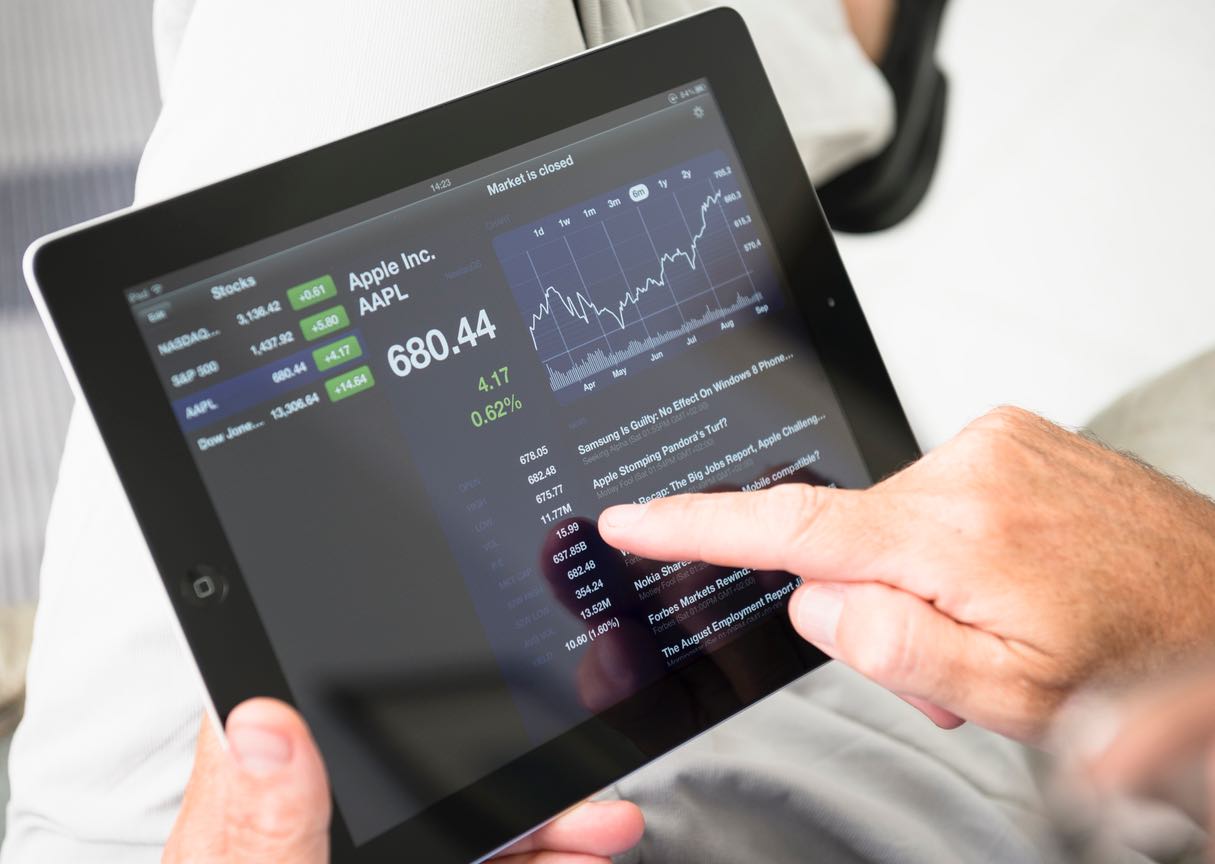It may come as no surprise to hear that the average car payment in households throughout America have risen drastically. With inflation forcing every facet of life to see an increase, car payments are just another victim to the circumstance. There are unfortunately a number of reasons as to why the average has increased in recent years, aside from the regular inflation.
First and foremost, there is a global semiconductor shortage, which has limited the number of new cars available. The basic rules of supply and demand indicate that the low supply of new vehicles creates a higher demand for the new cars, leading to a drastic increase in price. It is estimated that the global automakers have produced 8 million fewer cars than originally projected in 2022. This price increase is seen throughout all vehicles. For example, a slightly used Toyota RAV4 costs roughly $5,900 more than a new model.
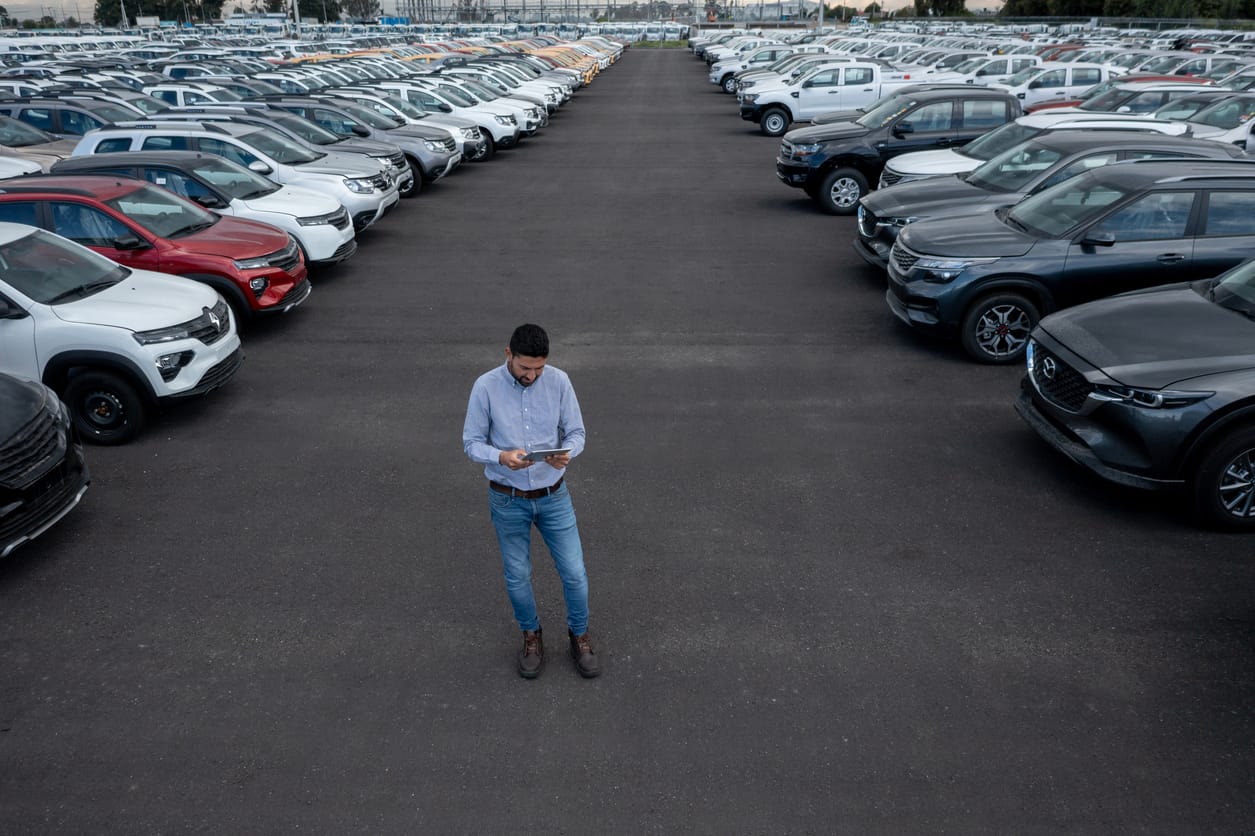
Most recently for 2023, the Bureau of Labor Statistics saw a 0.2% increase in new car prices, and a 1.9% drop in used car prices. The months of rising prices have led to higher monthly car payments. According to the Cox Automotive/Mood’s Analytics Vehicle Affordability Index, the average monthly car payment was an astounding $777 just last December.
Further reports from Edmunds, an auto resale platform, showed that 15.7% of financed cars were paying more than $1,000 a month just last quarter. This is a significant increase as the previous number was 10.5% in 2021 and 6.7% in 2020. This report also shows that the average buyer put down $6,780 (for new cars) and $3,921 (for used cars). This number is higher than 2021 – $5,921 (new vehicles) and $3,552 (used vehicles). This is mainly due to the buyers wanting a lower car payment.
The average interest rates even rose by an average of 53 basis points. It is likely for these numbers to stabilize as the average payment is lowering as well.
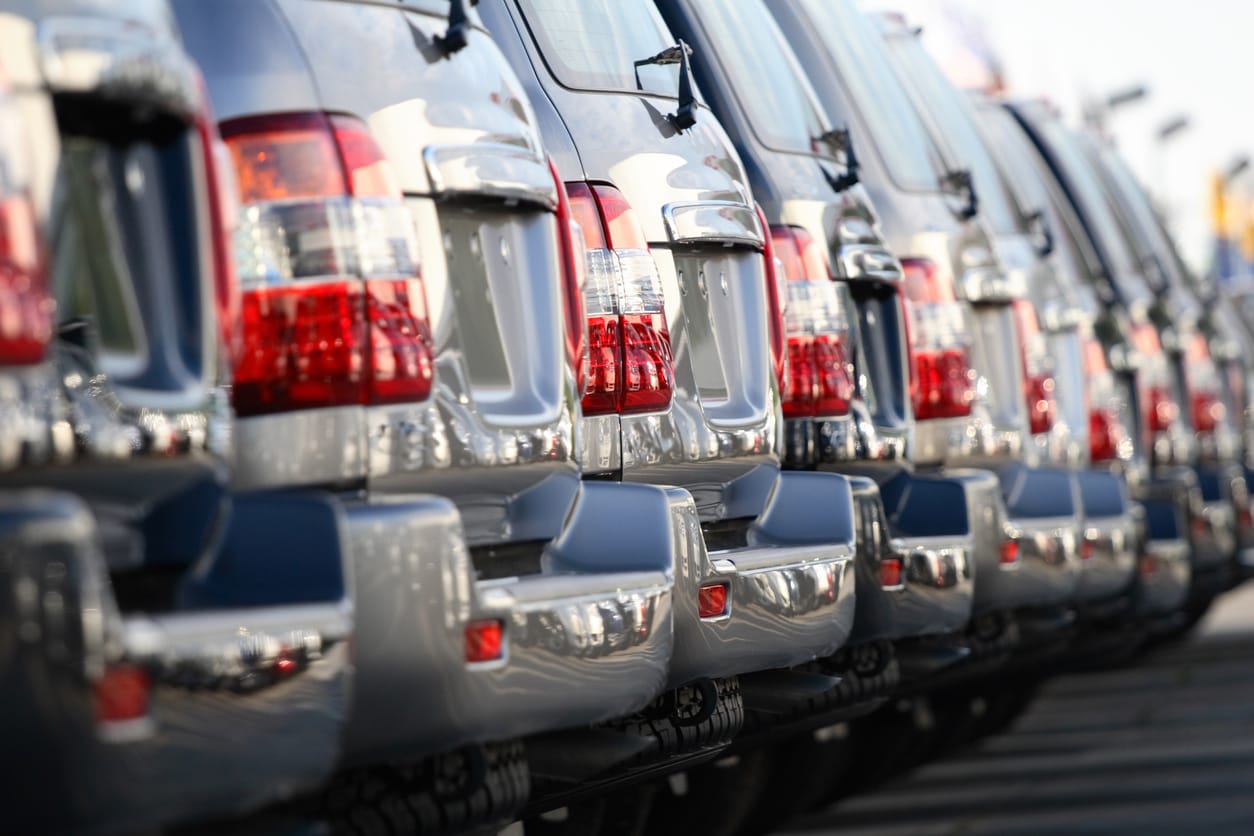
Consumers must take this information with a grain of salt as it is based on transactions made in January. This month is typically a light month for sales transactions, so it is difficult for individuals to draw concrete conclusions.
With the high prices at the time of purchase and the shifting interest rates, the result is a negative equity of 17.4% for new car purchases. The only true way to avoid the negative equity is to either lease a vehicle or purchase a car you can buy in full. However, not many people are willing to lease a vehicle, and purchasing a vehicle in full may not be an option for everyone.
There are a number of factors that will determine your monthly car payment. The two main contributing factors are the loan amount and interest rate. Another factor that will contribute to your monthly payment is the length of your loan. By lengthening your loan terms, you will be able to lower your monthly payment, but increase the amount you ultimately pay due to the interest rate. Finally, the type of car you purchase and. Where you buy it from will make an impact on your monthly payment.
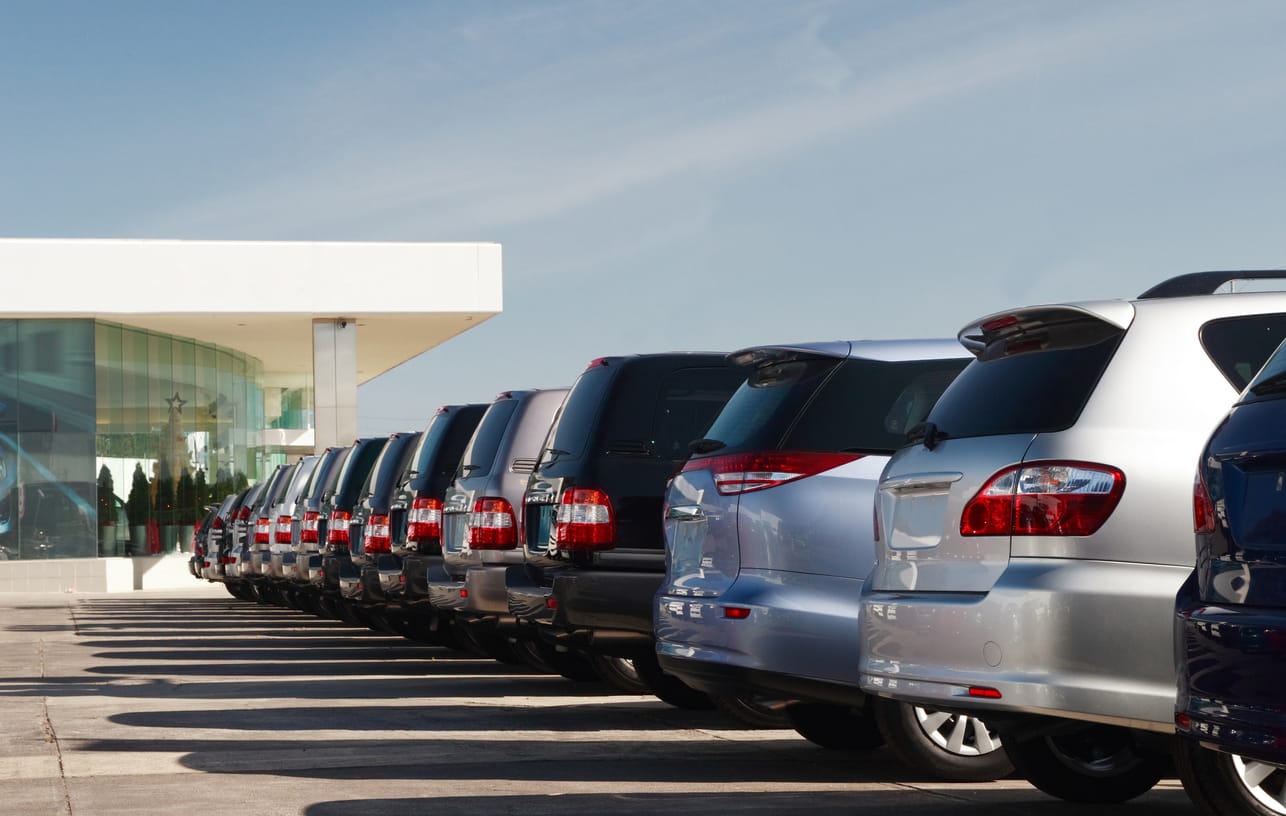
The average for the third quarter of 2022 for new car payments are as follows: monthly payments – $700, loan amount – $41,665, interest rate – 5.16%, loan term – 69.73 months, and credit score of 738. For used cars the monthly payment averages $525, loan amount of $28,506, interest rate of 9.34%, loan term for. 68.08 months, and a credit score of 678.
Credit scores have a major impact on the monthly car payment as it determines your interest rate. The higher your credit score is, the lower your interest rate will be. With a lower interest rate, your car payments will also be lower. On the flip side, the lower your credit score is, the higher your interest rate is. With a higher interest rate, your car payment will also be higher.

The rising cost of everything throughout society has seeped its way into the automotive industry. There are a few different reasons as to why the prices have risen, like the semiconductor shortage along with general inflation. The shortage of new vehicles has caused the used car market prices to rise drastically. Because of the high prices, no matter what type of vehicle consumers are purchasing, they are going to be paying a higher monthly price on average. These negative factors have forced many to being to avoid investing their money into new or even used vehicles until the market begins to normalize.
